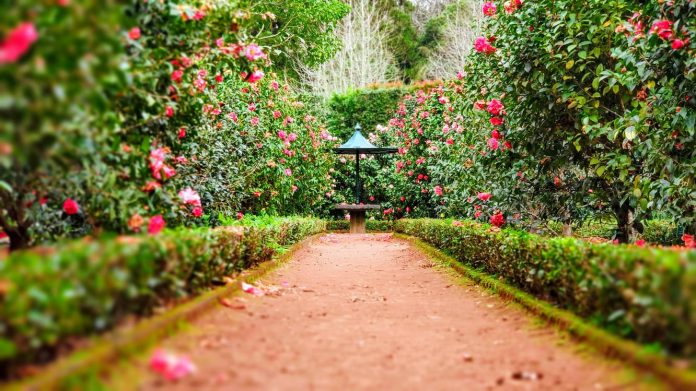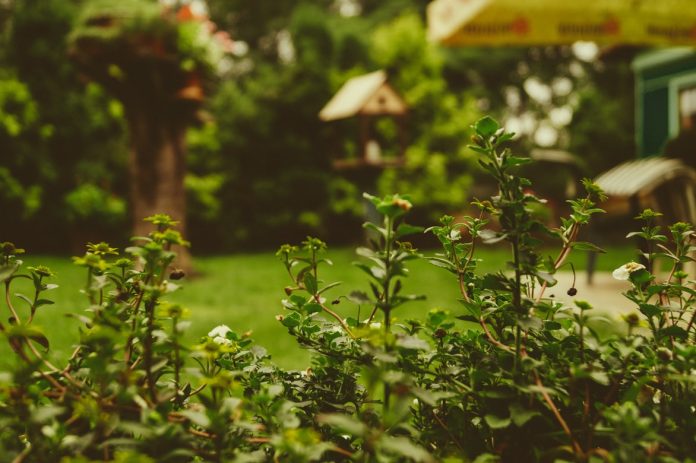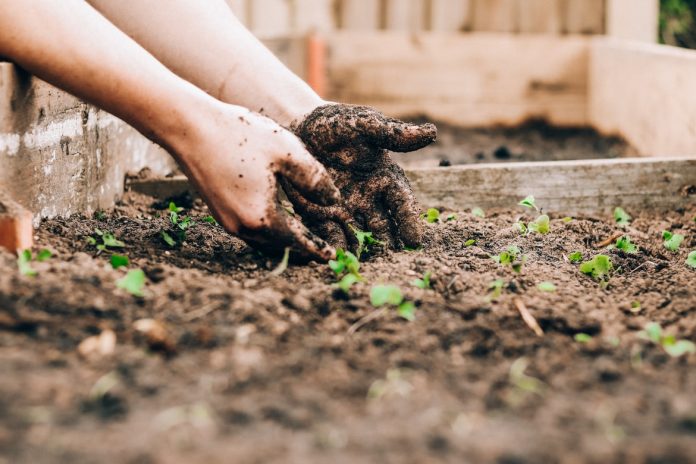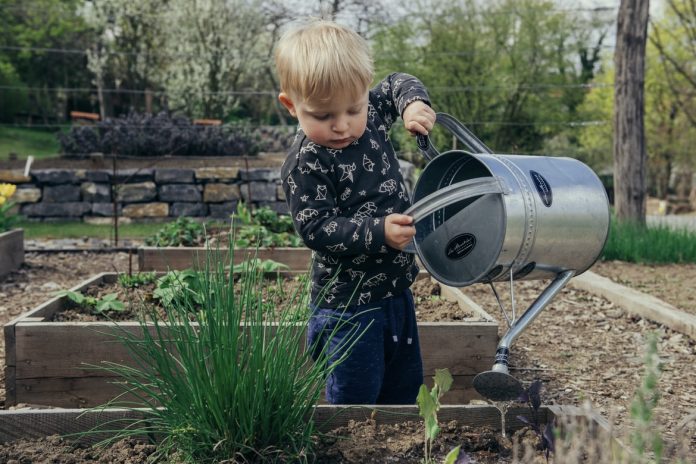
Table of Contents
The greenery around your house signifies how welcoming and nursing the environment is. One can take good care of the soil in their backyard garden and lawns to ensure that the plants stay healthy. It is very easy to find the right type of soil and additives to create a healthy atmosphere for different kinds of plants.
There is always the option of taking the help of an expert and having them supply the right thing. However, as a homeowner, you should also know to do these things yourself. In this guide, we will help you choose the right soil for your loan in certain easy steps.
Know When to Change

The change in the seasons is the biggest trigger for determining the composition of the pH level of the ground. There are times when the top layer is eroded or too dry to cultivate anything. In such a case, one will only have brown grass and dry plants instead of flourishing blossoms.
The first approach would be to know when to make a change in the soil you require. Be open to making regular changes depending on the season and the state of the plants in the garden. You can know more with professionals from lessmess.ca.
If your house has gone through remodelling or significant construction, there is a good chance that the backyard and garden are not thriving. You need to understand that different layers of the ground like topsoil and subsoil need to be separated at all times. This means that any instance which causes them to mix will require getting reinforcements to care for the plants.
Get It Tested

A lot of things that you might have been previously ignoring come up when the soil is tested in a laboratory. It is very easy to be meslite by all the information available on the internet and buy things that you do not require. Getting a sample tested on the other hand is the perfect approach to providing targeted solutions to the lawn or garden.
There are kids available so that one can even do this at home. The main things that need to be checked out are the mineral and nutrient levels like nitrogen, phosphorus and potassium. The pH level should also be very balanced to support the growth of a certain type of plant. If you think that getting test kits is too much work then you can obviously take help of professionals and have it tested in a laboratory.
Soil tests conducted at a private establishment will determine what type of soil the garden has. They will examine the texture and the percentage of components (like clay, sand, and silt) in the sample. The exact pH level on the nutrient content will also be listed in the reports. It is also important to regularly check these indicators to see if any improvement is needed.
Know The Things to Consider

As a homeowner, there is a lot of pressure in doing everything right and exactly by the book. When it comes to cultivating a certain plant in the lawn the biggest factor is the health of the soil. For instance, the pH level of different types of soil samples will depend on the geographical location. Typically, one would require a more acidic soil than alkaline because it is widely preferred by plants. The ideal range is anywhere between 5.5 to 7.5. However, some plants can go even lower.
Different types of plants will require different care and nutrients. If you want exotic plants in the garden make sure to provide them with the right environment as well. Plants of different geographical locations have different nutritional needs. The composition of a particular layer of topsoil can impact the percolation, nutrient holding capacity and the moisture retention. All of these are directly related to how a plant would respond with a certain foundation.
The depth of the top layer is also extremely important to provide nutrients for proper growth. Reinforcing and adding new soil is important from time to time. The ideal depth should remain between 4 to 6 inches to support the growth of the roots. Different layers have different functions so nutrient supply becomes important. A fertile top layer would provide nutrients like nitrogen calcium and potassium to all the plants.
Know the Type to Choose From

The top layer is usually composite of different types of soil including loam, silt, sand, and clay. Depending on the plants and the graphical location one can go with either of the 4 to support the vision they have for a garden. Please the most commonly found with the finest of particles. It is great for water attention but not so much for drainage because all the particles are tightly packed. Any type of vegetation growing in clay will have to be watte moderately to protect the roots from rotting.
Sand is not usually used for any kind of growth because of high drainage and no water retention. You might have seen some grass growing on sand but it may dry soon enough if not watered often. Silt is used extensively for Gardens and backyards because its particles range between the size of sand and clay. They support the growth of vegetation and a variety of plants.
If you are still wondering which soil type to choose, go with loam. This particular option has a mixture of all three components which gives a well rounded healthy effect. There is aeration, proper drainage, moisture retention, and root support. Organic pesticides and fertilizers can be used to enhance the properties of this type of soil.
The Takeaway
Do not hesitate to do your own research about how you want your loan or garden to look. The right soil type will support vegetation and create a luscious look. Make sure to test everything and choose the right time depending on the geographical location and your personal requirements.
















